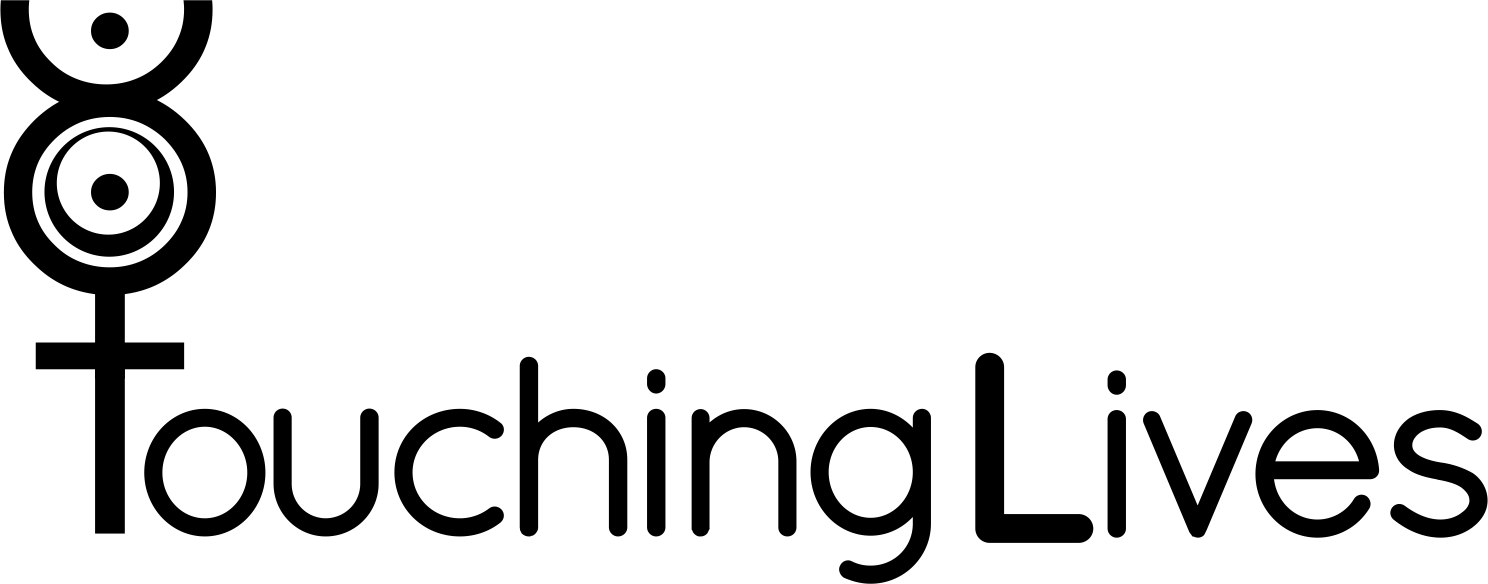It is almost imperative to begin by sharing an episode from my class.
Here’s how it went:
While I was involved in an activity with my students, many asked questions, requested spellings, some demanded answers. I responded in a calm and patient fashion, oblivious of what was to follow.
In the midst of that whirlpool of questions a head turned, evidently quite annoyed at what his fellow classmates were doing and exclaimed “This class has to be spoon-fed everything.”
That was it. In that moment, I thought about the amount of independence that I gave these children, where did I really draw the line between freedom and direction?
The fact that instructions form the foundation of pedagogy is widely known. While teaching, we make an effort to provide calm and clear instructions when needed. Now, right there is a part-solution of our issue. We instruct them when we ‘think’ they need it, failing to realize that it may, and often it does, become overkill. Giving instructions to children is an essential aspect of a productive class that should come of no surprise, but so is letting the children have their independence and freedom. So, what do you pick- freedom or direction?
To answer the question, one need not look any further than the role of a teacher and what ‘Instruction’ and ‘Direction’ mean to her/him.
Before we look ahead, let me pen down the good news – The choice is not dichotomous. You may employ both according to your discretion and yet have a productive, qualitative and fun class. To accomplish that, here are a few strategies-
- Keep it simple- More often than not, we frame instructions in compound or complex sentences which is why children feel lost and are unable to follow. Keep your instructions simple, short, easy and mostly positive.
Instead of –
“Do not use a black pen.”
Say,
“Use a blue pen.”
- Count the instructions for children– Before you spell out the set of instructions to children, explicitly state the number of instructions they will need to follow. Repeat the numbers on instructions or ask them to repeat. This way you know they are concentrating better.
- Question- Instead of a constant repetition of statements you want your children to follow, ask them. You could ask them about how should this particular activity be done or this aspect be covered. Here you get dual benefits- No resistance, plus their participation. And we all know how much students value their creations. So it’s a win-win situation.
- Vocabulary – This is a personal favorite and the most enabling one. Since children are exposed to language most of the time through us, we can use new words while giving instructions. The new words that you want to use should be challenging enough to stimulate their brain and at the same time easy enough for them to retain. Information that sounds will interest them and hence, stays long term.
Now here’s the most crucial part about understanding the significance of instruction The ‘teacher’ should be more of a facilitator, a supporter more than a director , because while teaching we are not aspiring to create imitators but creators , and to be a creator we need to keep their innate curiosity and creativity alive. Sadly, it withers away when we ‘spoon-feed’ and hence, we ought to value creativity and freedom more as compared to the ability to follow instructions. When we give them instructions, we may definitely give them the way, but at the same time we fail to give them the intention. And this most certainly isn’t a way to enrich and enhance their freedom.
So, here are the multiple roles we need to play simultaneously to make sure that our students have that space of freedom to themselves.
- Scaffold –
To spell out this important aspect, it is obligatory to share a metaphor of the construction of a building. While construction, laborers put up bamboo poles as a foundation and once the construction becomes solid, it is removed. The similarity with teachers is superlative. We are to play the role of a scaffolder, Rather than directing them at every point, it is healthier to build a base and let them grow and build on their own, reinforcing and supporting their independence and freedom.
- Facilitate
This is one of the most important roles we play in a child’s life. As a facilitator, we must remain neutral and not make things ‘a given’ to children. To enhance their exploration, discovery, curiosity, imagination, understanding, it is essential to let them do it rather than taking them all the way.
- Underpin
The word suggests enough. Over a period of time we can identify the comfort zones of our students. We also become aware that not all ‘Excel’ in all areas. Therefore, as a teacher we must attempt to aid students to engage in their best zones and to push them to bring out the best in themselves.
Lastly, instructions are important but it is inspiration and creativity that ignites the fire. To reinforce the same, I would like to share a quote with several layers of knowledge bits and is perfectly suitable for this post:
“Fish for your child today and he eats his meal for the day.
Teach him to fish and he eats lifelong.”
